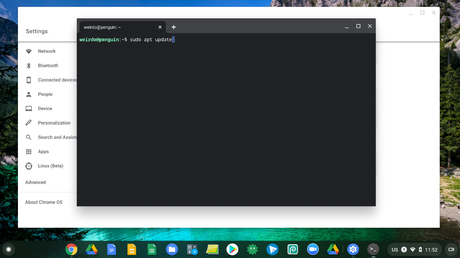
Note that the command above produces no output. However, if you prefer to use the command line, you can achieve the same result by simply running: sudo dnf config-manager -set-enabled google-chrome Enable Fedora’s third-party Google Chrome repository using the command line. Enable Fedora’s third-party Google Chrome repository. In the window that opens, scroll down until you get to the “ Fedora Third Party Repositories” section, and make sure the “ google-chrome” repository switch is turned on. Open the Software application and select “ Software Repositories” from the hamburger menu in the upper right corner. All you need to do is ensure that the repository is enabled. The good news is that Fedora has a handful of these preconfigured in its default installation, including Google Chrome. Enabling Fedora’s Third-Party Repositories (If Not)įedora’s third-party repositories provide access to additional software packages not included in the official Fedora repositories. Whether you are a seasoned Linux user or a newcomer to the distro, this guide will help you install Google Chrome in no time. This article provides a quick and easy-to-follow guide on installing Google Chrome on Fedora. One such is the widely-used and popular browser Google Chrome.

However, one of the challenges that new Fedora users can face is installing applications not preinstalled by default in the distro.

Upgrade your browsing experience now!įedora Linux is a popular operating system among Linux enthusiasts due to its user-friendly interface and powerful features.

This step-by-step guide shows you how to easily install Google Chrome on your Fedora Linux.


 0 kommentar(er)
0 kommentar(er)
